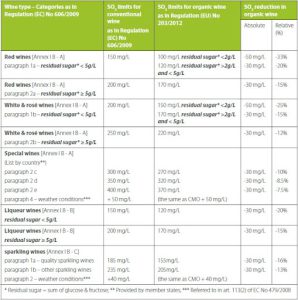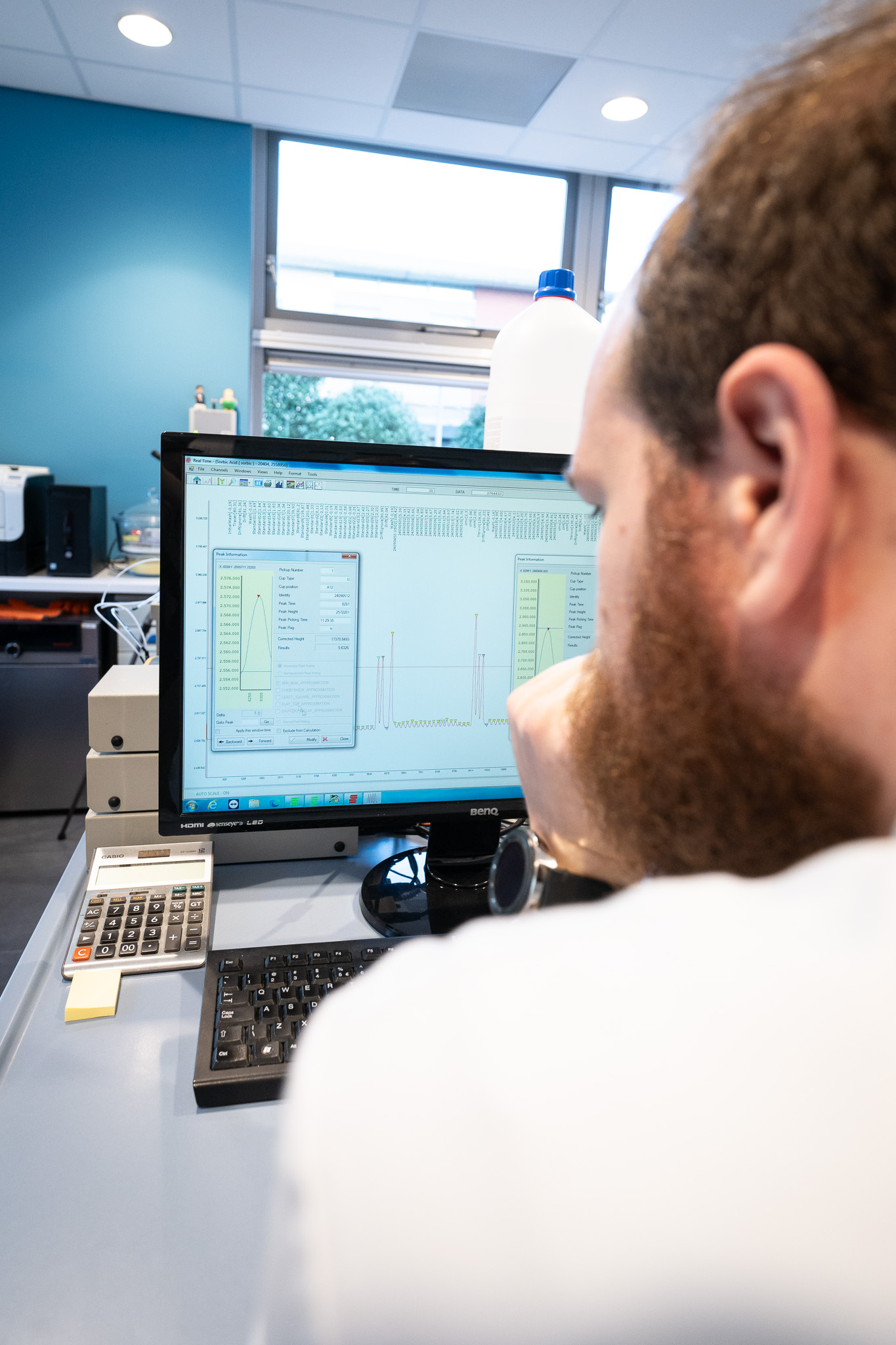Sulfites, often misunderstood, are compounds naturally present in grapes or added during winemaking to preserve freshness and prevent spoilage. However, not all sulfites are the same.
What type of sulfites can you find in wine?
In ancient Greece, humans infused gypsum (a mineral rich in sulfur) to keep wine for longer. Eureka! Welcome to the birth of sulfites.
Sulfites exist in various forms, sulfur dioxide (SO2), bisulfite (HSO3-), and sulfite (SO3^2-) are the most common types in wines. They play an important role in maintaining wine quality and stability, especially over time. Any level above 10 mg/l (miligrams per litre) needs to be reported on the label and can be only certified organic if they are less than 100mg/l per 2g of sugar. These are typical types of sulfites present in wine:
Sulfur Dioxide (SO2): This is the most common form of sulfite. It acts as an antioxidant and antimicrobial agent, protecting wine from oxidation and bacteria.
Bisulfite (HSO3-): Formed when SO2 reacts with water, bisulfite contributes to the sulfite content of wine. It is seen as the guardian of a wine’s color, flavor, and aroma.
Sulfite (SO3^2-): In its ionized form, sulfite is less common in wine. Its presence is mainly for preserving wine freshness.
Are natural wines sulfite-free?
No. All wines contain sulfites.
Natural wines are crafted with minimal intervention, they have sulfites but in lower levels, as winemakers rely on natural fermentation and minimal additives. Natural wines embrace the terroir and showcase the expression of the grapes and the environment. There is a growing trend to explore the limits of intervention-less wines and RawWine.com, lists almost 14000 wines today, with over 5000 having less than 20mg/l of sulfites.
Classic wines may be engineered with sulfites. Usually, the higher sulfite levels occur due to processing techniques and the addition of preservatives to express a specific flavor profile and consistency. White and rosé wines tend to have more sulfites than reds and the consensus is that around 1% of the population is sensitive to sulfites.
Do sulfites affect quality?
The short answer is yes. Yet they can affect positively or negatively and there is no consensus on what levels are too high. For example, in the EU a red wine cannot have more than 150 mg/l, yet in the USA any dry wine can have up to 350 mg/l. The best practice is to adapt wine to the target audience and style by analyzing it and contextualizing it in its category and market. At @Meron Quality Institute we have a database of over 350k wines and can help you understand if your wines, or the wines you sell are in line with the expectation consumers will have for a certain type of vintage in a specific market.
Have you evaluated what would be the optimal level of sulfites for you?

EU Regulation on Sulfites in wine

